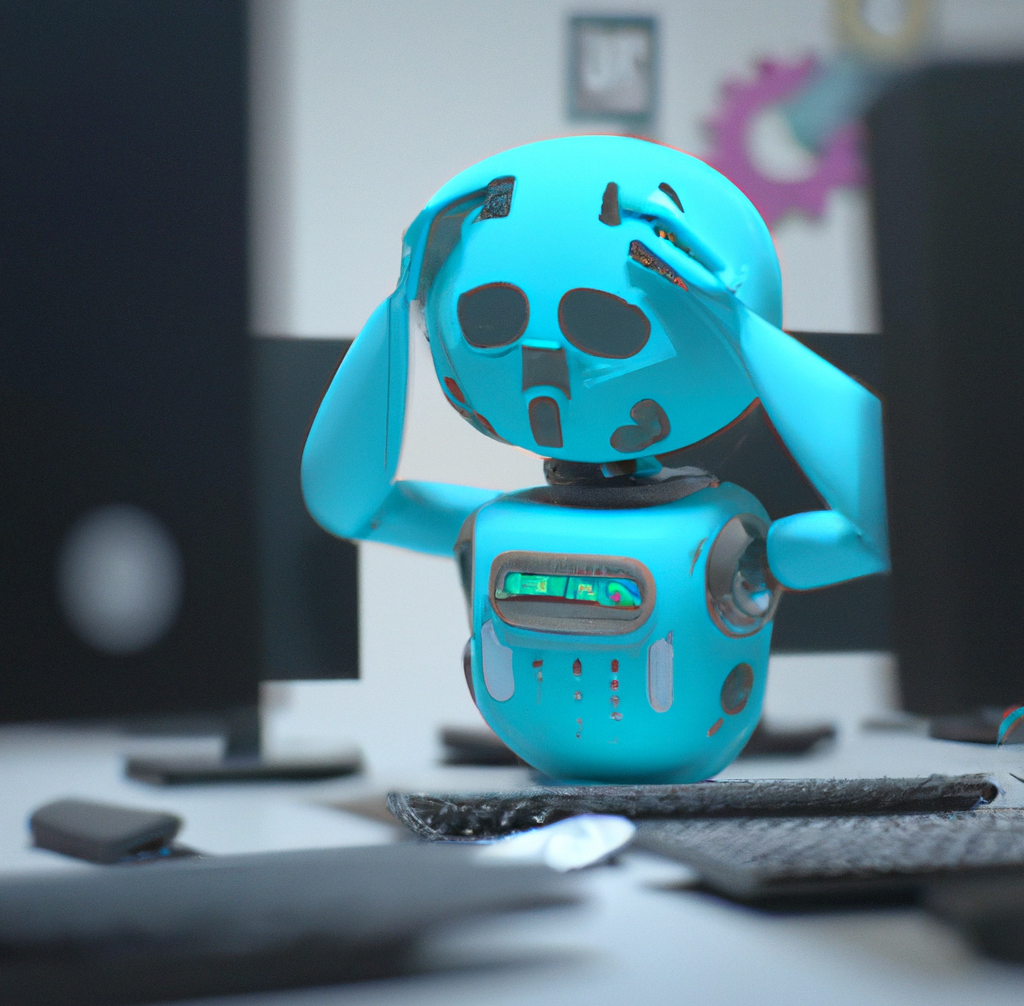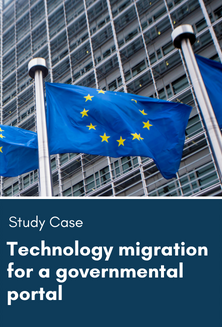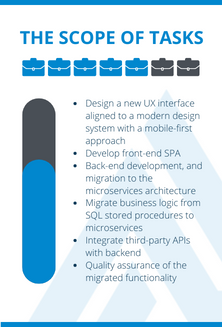Did you know that about 50% of U.S. government agencies plan to complete legacy application migration by 2025? According to Gartner, about 53% of IT professionals have problems with digital solutions which are local and isolated.
Current trends are pushing out market players who refuse to engage in the legacy modernization of their systems. Competition in all business areas reduces the survival rate of old-school methods and IT solutions, literally forcing entrepreneurs to upgrade outdated software.
What is the risk of digital transformation of business, and what role does legacy application play in it? Is it necessary to modernize your product, and how to do it painlessly? That’s what we are going to talk about today.

In this article
- What Are Legacy Systems, and Why Are They Still Used?
- Problems Caused by Legacy Systems
- What Is Legacy Software (Legacy Application) Modernization?
- Benefits of Technology Migration and Legacy Modernization
- What Are Some of the Most Challenging Aspects of Changing a Legacy System for a New One?
- Conclusion
What Are Legacy Systems, and Why Are They Still Used?
First, let’s understand what is a legacy application and classify this type of software. Legacy software is a digital solution for businesses that, although it works, is inferior to its modern counterparts in almost all characteristics. The key difference between new and old systems is that the latter are usually deployed locally. This causes a number of difficulties in organizing and managing such software:
- No remote access to the main resources. A physical connection is required to configure or update the server. Also, if there is a lot of equipment, the process is complicated by decentralization.
- High rental and maintenance costs. Typically, physical media are used, which must be periodically changed, archiving information to other drives. It is expensive and time-consuming.
- High cost of data loss. Even without external cyber threats, to which older local solutions are prone, the information on the drives can be lost, and its recovery will require additional resources.
Legacy system migration removes the above disadvantages because today’s products use cloud storage, which is easier to manage. The platform upgrade also helps eliminate the complexities of scaling a business solution and several other serious problems.
Problems caused by legacy systems
According to Konveyor Community Report, modern companies expect to increase the scalability of systems (68% of respondents), improve the reliability of IT solutions (67% of respondents), reduce maintenance costs (59% of respondents), and improve security (54% of respondents).
At the same time, only 33% of respondents want to improve the UX, and 19% want to improve employee productivity. The main problem that legacy migration solves is a weak base for digital product development.
A short list of the key flaws of the legacy application:
- Low level of security
- Poor code optimization
- Weak scalability
- Dependence on a service provider
- High hardware maintenance costs
- Fragile system in general
These issues push IT, professionals, to the legacy software migration process to more modern and reliable cloud-hosted platforms.

What Is Legacy Software (Legacy Application) Modernization?
Legacy modernization (technology migration) is the process of improving and updating a platform or individual components of a digital product with their transfer to the cloud, as well as full or partial automation of routine tasks.
There are 3 basic types of modernization:
- Hosting migration. The cheapest, fastest, and easiest upgrade option. Ideal for those who only need to expand access to a digitized product.
- Platform rebuild. This is not so much migration of the solution to the cloud as it is a reformatting of the main code fragments to improve the flexibility and functionality of the software.
- Full refactoring. A complex and time-consuming process that involves reconfiguring the system with significant changes in code, business logic, and functionality.
On the one hand, this variability in the digitization process makes it difficult to choose a method of refactoring, but on the other hand, it gives you freedom. No funds for full refactoring, can’t suspend your enterprise? No problem – focus your efforts on re-hosting or re-platforming legacy software, get a profit, and plan for a fully digital solution reboot in the future!
Benefits of Technology Migration and Legacy Modernization
Migrating from legacy software has tremendous business value and many positives. Literally, all aspects of the system are improving:
- There are previously unavailable scalability opportunities
- The reliability and fault tolerance of the application are improving
- Software security and data confidentiality are improving
- It becomes possible to automate some processes
- New methods of working with consumers become accessible
- The cost of hosting and support of the product decreases
- Costs for equipment and rent decrease
Modern technology in digital solutions allows businesses to evolve “in step” with trends. This, in turn, enables entrepreneurs to be in tune with consumers and provide them with top-notch experiences or services. Of course, modernization will positively impact revenues and will pay for itself in full through the profitability of the enterprise with the new digital system.

What Are Some of the Most Challenging Aspects of Changing a Legacy System for a New One?
Despite the impressive list of improvements for the business, the IT segment of the enterprise and the operational or management segment face several challenges when upgrading. Not all of them can be solved by simple methods, but after overcoming the difficulties, a period of prosperity comes. What are these challenges?
Challenges of legacy migration:
- Planning and risk assessment. It is not always possible to objectively calculate the benefits and drawbacks of moving a solution to the cloud.
- Fear of change. It is impossible to foresee the reaction of consumers or loyal customers to system upgrades.
- Design. It is difficult to choose the right hosting, architecture, and even migration service provider for legacy software.
- Compatibility issue. You must ensure the system will work seamlessly in the cloud.
Conclusion
The software migration process is complicated and confusing, but only if you’re trying to figure it out on your own. Want to migrate your system quickly and without problems? Leave this task to the professionals!
AdvantiSS is a company of experts in developing innovative digital solutions, upgrading legacy software, and migrating technology. We will analyze your product and choose the best upgrade option. Your business won’t stop for a day with our parallel application migration service. Contact our manager, describe your task, and expect a positive result! AdvantiSS is always one step ahead of the IT industry!



